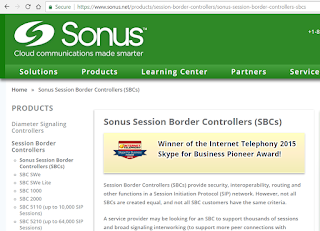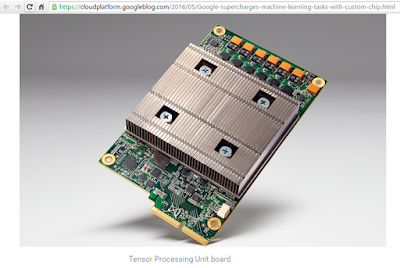Coriant introduced its Transcend Hierarchical Controller designed for enhanced orchestration of multi-layer, multi-domain, and multi-vendor transport networks.
The Coriant Transcend Hierarchical Controller, which builds on the company's existing Transcend Software Suite, leverages SDN automation and programmability to accelerate service activation, optimize Layer 0-3 resource allocation and resiliency, and improve multi-vendor interoperability and end-to-end control in open, disaggregated network environments.
Key features and benefits of the Coriant Transcend™ SDN Hierarchical Controller include:
 “As more and more IP and optical elements become virtualized and distributed, network operators need a more efficient and flexible way to manage and orchestrate a diverse ecosystem of service-dependent transport resources,” said Uwe Fischer, Executive Vice President, R&D and PLM, and Chief Technology Officer, Coriant. “Our new SDN Hierarchical Controller significantly enhances efficiencies in integrated IP-Optical networks with advanced automation and programmability. These field-proven capabilities represent key enablers of Coriant’s visionary Hyperscale Carrier Architecture, which provides operators a pragmatic means to transform multi-layer infrastructure for a new generation of end-user services, including 5G, IoT, and virtual reality.”
“As more and more IP and optical elements become virtualized and distributed, network operators need a more efficient and flexible way to manage and orchestrate a diverse ecosystem of service-dependent transport resources,” said Uwe Fischer, Executive Vice President, R&D and PLM, and Chief Technology Officer, Coriant. “Our new SDN Hierarchical Controller significantly enhances efficiencies in integrated IP-Optical networks with advanced automation and programmability. These field-proven capabilities represent key enablers of Coriant’s visionary Hyperscale Carrier Architecture, which provides operators a pragmatic means to transform multi-layer infrastructure for a new generation of end-user services, including 5G, IoT, and virtual reality.”
http://www.coriant.com
The Coriant Transcend Hierarchical Controller, which builds on the company's existing Transcend Software Suite, leverages SDN automation and programmability to accelerate service activation, optimize Layer 0-3 resource allocation and resiliency, and improve multi-vendor interoperability and end-to-end control in open, disaggregated network environments.
Key features and benefits of the Coriant Transcend™ SDN Hierarchical Controller include:
- Orchestration of multi-layer transport resources to bring SDN-enabled efficiencies, optimization, and control to Layer 0-3 access, aggregation, and core networks
- Open standard interfaces for flexible integration into diverse workflow orchestration and OSS environments, including multi-vendor integration through open southbound RESTful interfaces to third-party controllers
- Context Optimized Routing Engine (CORE) that provides path computation for multi-layer performance-aware services
- Shared Risk Link Group (SRLG) awareness of transport services that supports optimized resource assignment and multi-layer service status aware routing
 “As more and more IP and optical elements become virtualized and distributed, network operators need a more efficient and flexible way to manage and orchestrate a diverse ecosystem of service-dependent transport resources,” said Uwe Fischer, Executive Vice President, R&D and PLM, and Chief Technology Officer, Coriant. “Our new SDN Hierarchical Controller significantly enhances efficiencies in integrated IP-Optical networks with advanced automation and programmability. These field-proven capabilities represent key enablers of Coriant’s visionary Hyperscale Carrier Architecture, which provides operators a pragmatic means to transform multi-layer infrastructure for a new generation of end-user services, including 5G, IoT, and virtual reality.”
“As more and more IP and optical elements become virtualized and distributed, network operators need a more efficient and flexible way to manage and orchestrate a diverse ecosystem of service-dependent transport resources,” said Uwe Fischer, Executive Vice President, R&D and PLM, and Chief Technology Officer, Coriant. “Our new SDN Hierarchical Controller significantly enhances efficiencies in integrated IP-Optical networks with advanced automation and programmability. These field-proven capabilities represent key enablers of Coriant’s visionary Hyperscale Carrier Architecture, which provides operators a pragmatic means to transform multi-layer infrastructure for a new generation of end-user services, including 5G, IoT, and virtual reality.”http://www.coriant.com





































